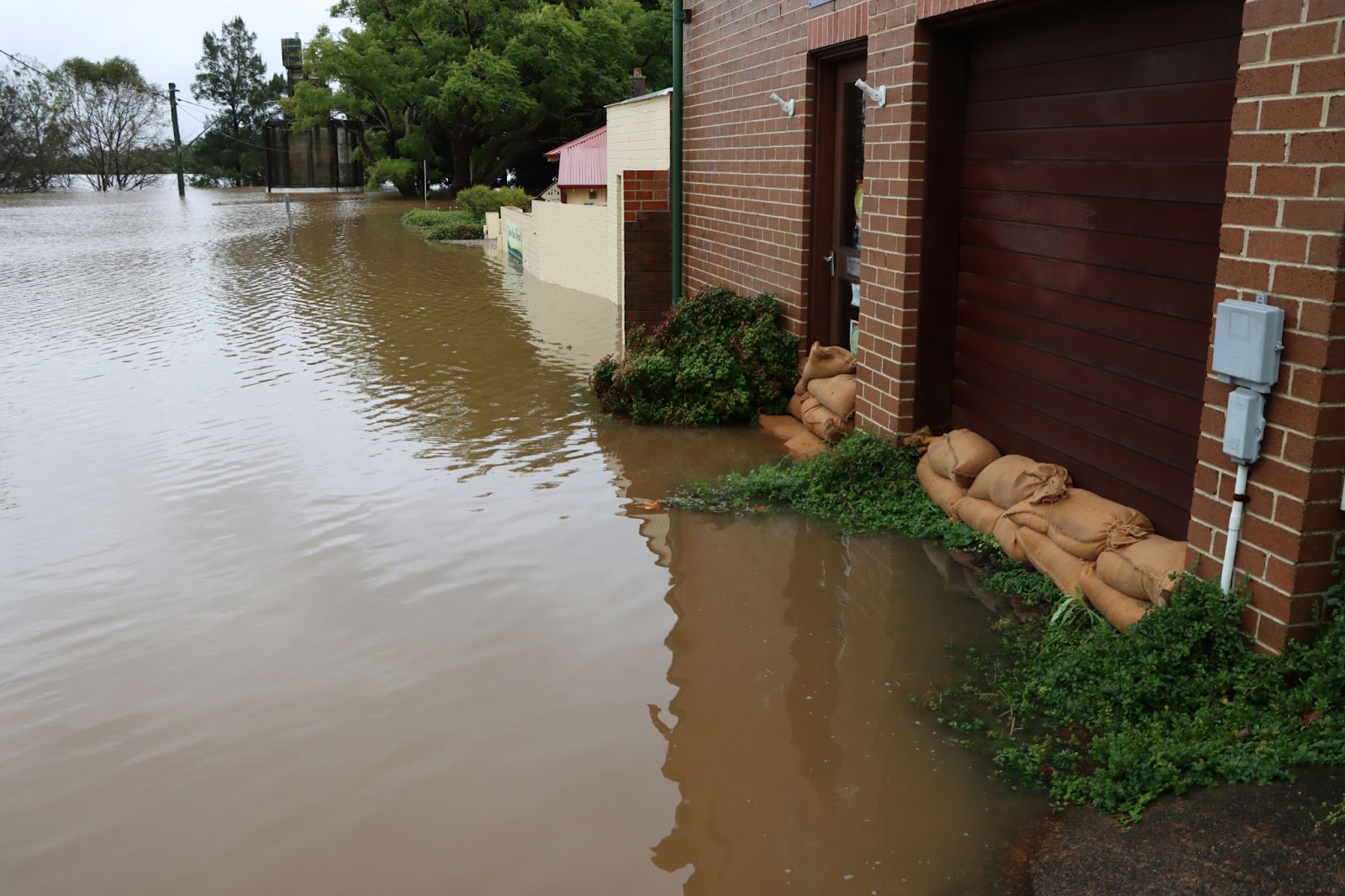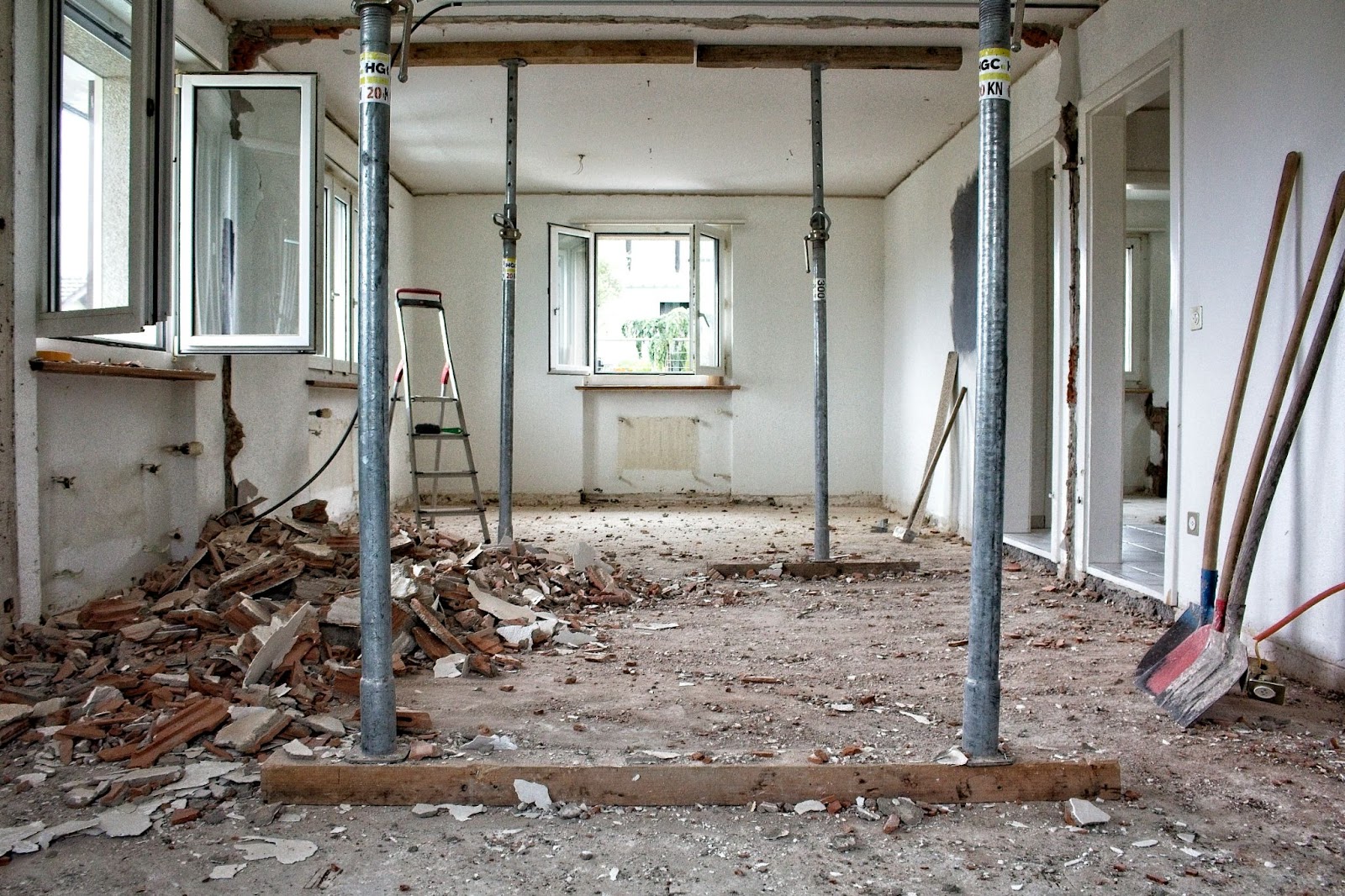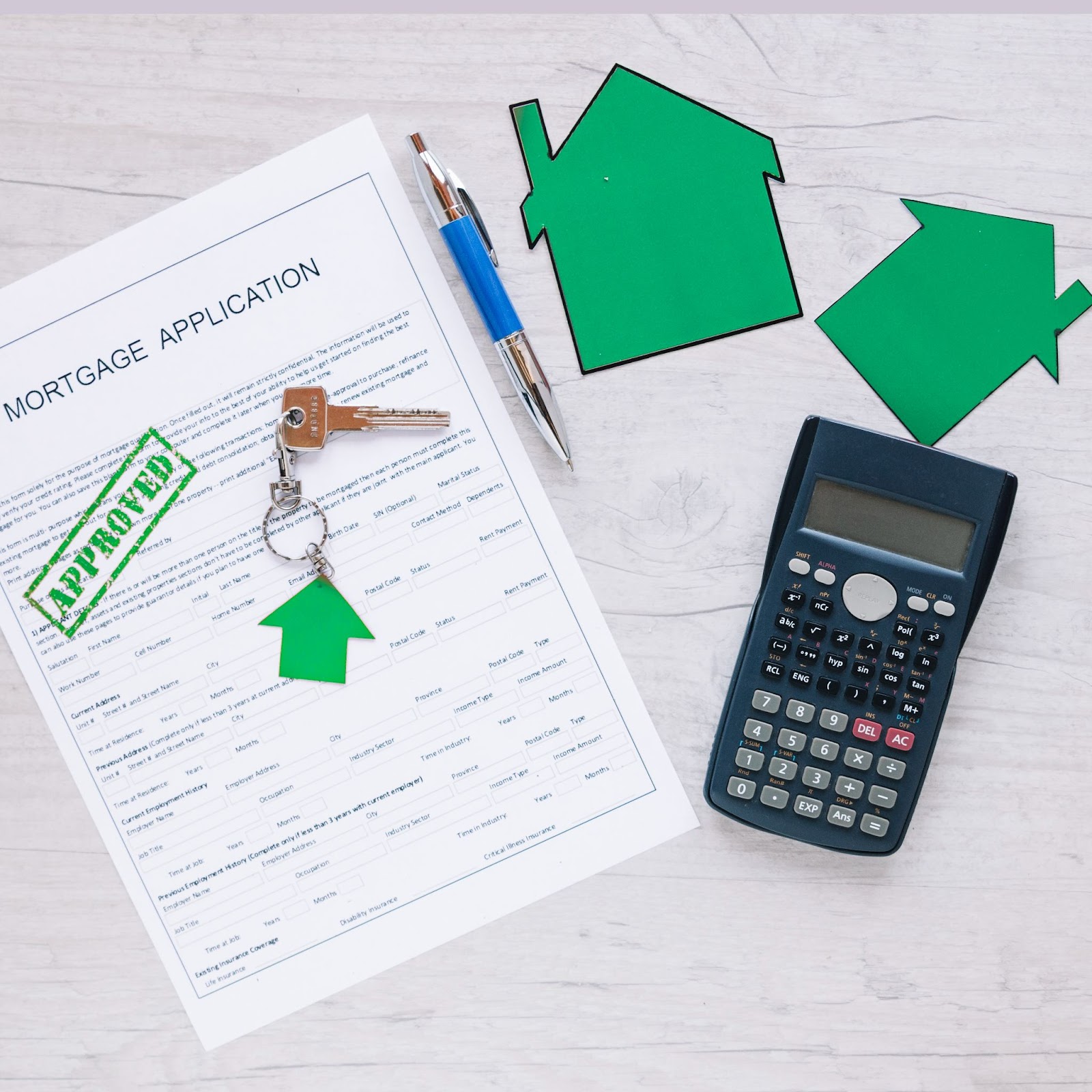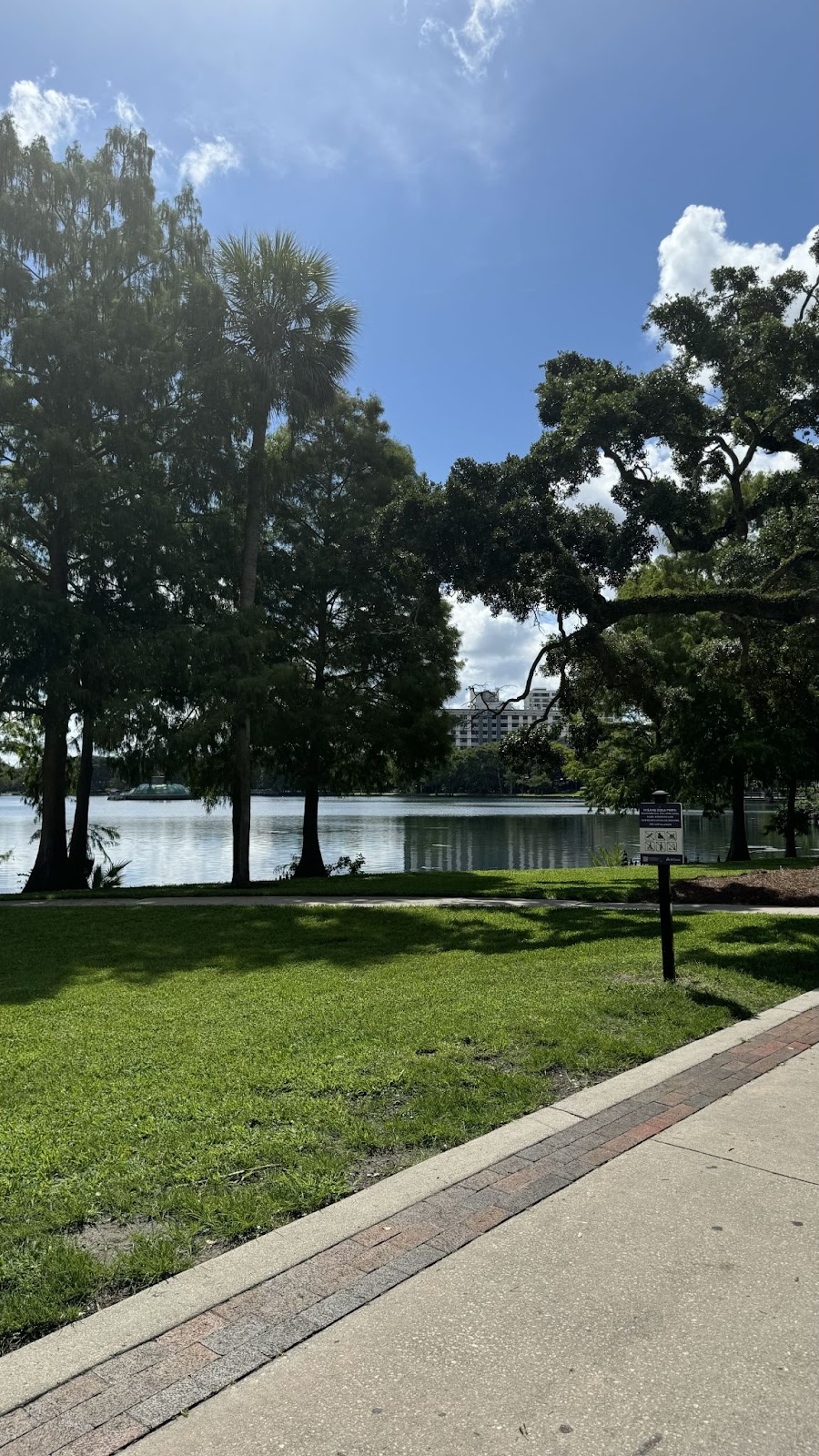Understanding Flood Zones in Florida: What Homebuyers Need to Know
Leave a CommentFlorida’s stunning coastlines and warm climate make it a desirable place to live, but its susceptibility to flooding is an important factor for homebuyers to consider. Whether you’re buying near the beach, along a river, or even inland, understanding flood zones and their implications can help you make an informed decision. Here’s what you need to know about flood zones in Florida.
What Are Flood Zones?
Flood zones are designated areas that indicate a property’s risk of flooding. The Federal Emergency Management Agency (FEMA) classifies these zones based on historical data, topography, and potential storm surge levels. These designations impact flood insurance requirements, building codes, and resale value.
Flood Zone Categories
FEMA classifies flood zones into different risk categories:
- Zone X (Low to Moderate Risk): Properties in this zone have a minimal chance of flooding and are not required to carry flood insurance by lenders. However, flooding can still occur due to heavy rainfall or poor drainage.
- Zone AE (High-Risk Flood Areas): These areas are prone to flooding during a 100-year storm event. Mortgage lenders require flood insurance for properties in this zone.
- Zone VE (Coastal High-Risk Areas): Located along the coast, these areas face additional hazards such as storm surge. Homes in this zone must meet specific building standards, including elevated foundations.
- Zone A (Inland High-Risk Areas): These areas are susceptible to flooding from heavy rainfall and rising water bodies. Like Zone AE, flood insurance is mandatory for mortgage holders.
- Zone D (Undetermined Risk): Areas where flood risk has not been assessed. Buyers should conduct due diligence before purchasing a home in this zone.
Why Flood Zones Matter for Homebuyers
Flood zones influence home insurance costs, property values, and even mortgage eligibility. Here’s why understanding them is crucial:
- Flood Insurance Requirements: Properties in high-risk zones (A, AE, VE) require flood insurance, which can add to the cost of homeownership. Premiums vary based on location, elevation, and property characteristics.
- Building and Renovation Codes: Homes in flood-prone areas may need to meet strict elevation and construction standards. If you’re purchasing a fixer-upper, additional expenses for compliance may arise.
- Property Value Considerations: A home’s location in a flood zone can affect its resale value. Some buyers may be hesitant to purchase a property with high flood insurance costs or a history of flooding.
- Risk of Flood Damage: Even with insurance, flood damage can be costly and disruptive. Understanding a home’s flood risk allows you to take preventive measures, such as installing flood barriers or using flood-resistant materials.
Florida’s Flood Disclosure Requirement
Florida law requires sellers to disclose certain property conditions to potential buyers, including flood risks. The Florida Flood Disclosure Form is a critical document that provides transparency regarding a property’s flood history and insurance requirements.
Key elements of the disclosure form include:
- Whether the property has experienced flooding in the past.
- If the property is located in a designated flood zone.
- Whether flood insurance is required and the current insurance status.
- Any previous flood-related damage or claims made on the property.
The disclosure helps buyers understand potential risks before making a purchase. However, it is the buyer’s responsibility to conduct further research and obtain updated flood zone information.
How to Check a Property’s Flood Zone
Before purchasing a home, you can check its flood zone designation through:
- FEMA’s Flood Map Service Center (https://msc.fema.gov/portal/home)
- Local county government offices
- Your insurance provider
- The Florida Department of Environmental Protection

Ways to Mitigate Flood Risk
If you’re considering a home in a flood-prone area, here are some steps to reduce risk:
- Purchase flood insurance, even if it’s not required. Flood damage is not covered under standard homeowners’ insurance policies.
- Elevate critical systems such as electrical panels and HVAC units to prevent damage.
- Use flood-resistant building materials when renovating or upgrading a home in a high-risk area.
- Install flood barriers or landscaping solutions to divert water away from the home.
- Consider elevating the home if it is located in a high-risk flood zone.
- Ensure proper drainage systems to prevent water buildup around the property.
- Seal basement walls with waterproofing compounds to minimize damage.
- Invest in sump pumps and backflow valves to prevent water from entering the home during heavy rains
Understanding Flood Insurance in Florida
Flood insurance is often a crucial requirement for homeowners in Florida, especially in high-risk flood zones. Here’s what you need to know:
- National Flood Insurance Program (NFIP): Managed by FEMA, NFIP provides flood insurance policies to homeowners, renters, and businesses. Coverage includes structural damage and some personal belongings, but it does not cover temporary housing or lost income.
- Private Flood Insurance: In addition to NFIP policies, Florida allows homeowners to obtain private flood insurance, which can sometimes offer broader coverage and competitive pricing.
- Costs and Coverage: Flood insurance premiums vary based on the property’s flood risk, elevation, and construction type. Homeowners in high-risk areas may pay higher premiums, but mitigation efforts like elevation and flood-proofing can help reduce costs.
The Impact of Climate Change on Florida’s Flood Zones
Florida is experiencing the effects of climate change, which is increasing flood risks across the state. Rising sea levels, stronger hurricanes, and more intense rainfall events are altering flood zone maps and making some areas more vulnerable than before. Homebuyers should consider:
- Changes to FEMA Flood Maps: Flood zones are periodically updated, meaning an area previously classified as low risk may now be considered high risk.
- Long-Term Property Resilience: Buyers should look at future climate predictions and flood risk projections before purchasing.
- Increased Insurance Costs: As flood risks rise, flood insurance premiums are also expected to increase over time.
Understanding Florida’s flood zones is an essential step for homebuyers. While properties in high-risk areas can still be excellent investments, being aware of the potential risks and costs will help you make a well-informed decision. The Florida Flood Disclosure Form provides crucial insight into a property’s history and potential flood risks, allowing buyers to proceed with confidence.
Whether you choose a low-risk area or decide to mitigate flood risks in a high-risk zone, careful planning ensures a safe and secure home for the future. Always conduct thorough research, consult with professionals, and invest in necessary flood protection measures to safeguard your property.














